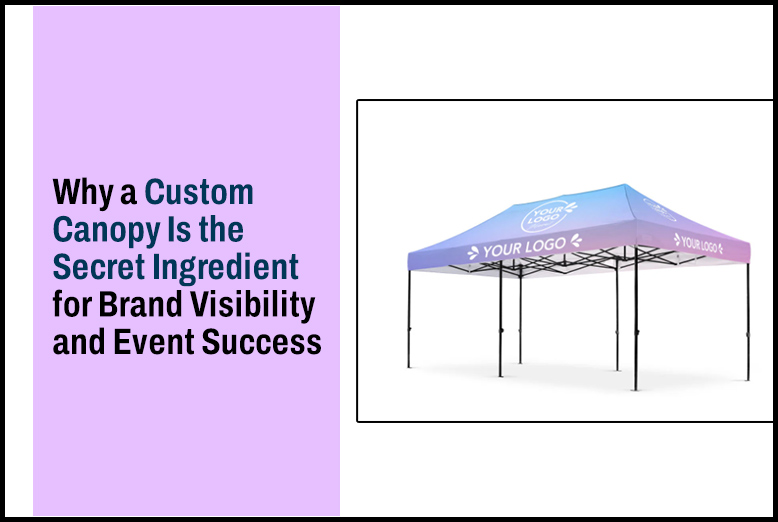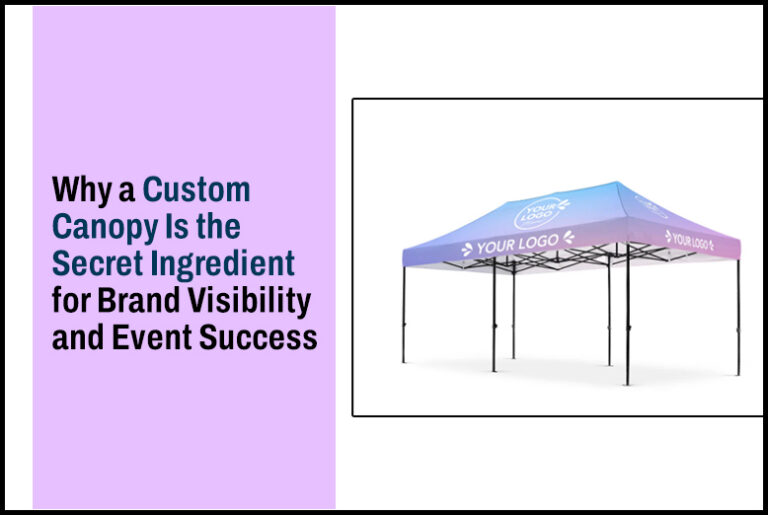A few weeks ago, I tried to cancel my travel booking due to an emergency. However, I did not want to cancel immediately; instead, I wanted to reschedule my travel date. I wanted to understand the options.
So, I tried the chat option. It said, “Please email us or call us for your request.”
I emailed the travel company. There was no reply.
I called them, and I waited for 20 minutes before the call was dropped.
I was caught in a customer service maze with no escape. It was as if each channel operated in silos.
Unfortunately, this is the reality for most omnichannel contact centers. They offer multiple channels, but none of them talk to each other.
The experience is clunky, disconnected, and frustrating.
Customers today don’t think in channels. They want a seamless experience across all channels without having to repeat themselves.
If Netflix can know where you left off on your show, and Swiggy knows what you usually order at 8 pm, what’s stopping your bank or insurance provider from knowing what you were talking about yesterday?
The contact centers of today have moved from being a cost center to a customer experience powerhouse. However, it must be built correctly.
In this playbook, we will take you through the steps to ensure that you get your omnichannel strategy right.
Omnichannel playbook
Step 0: Know why you’re doing this
Deliver connected, contextual customer experiences across channels.
Why does this matter?
- Customers want seamless experiences across channels.
- Poor experiences lead to high churn, negative reviews, and brand damage.
You can even drill down your goals to arrive at some tangible objectives.
What are your objectives?
- Reduce response times
- Improve CSAT
- Reduce support costs
- Increase agent productivity
Once you have this clearly defined, you can start your omnichannel implementation.
Step 1: Lay the foundation with the four omnichannel pillars
Pillar 1: Unified customer view
Integrate all customer interactions into a single interface, such as a CRM or contact center platform. Ensure that agents have a single view of all customer interactions.
Integrate your contact center platform with CRM, ticketing system, helpdesk, ERP, or other best-of-breed internal systems.
What should you definitely ensure?
- Every agent should be able to see the interaction history in real time
- No customer has to repeat information
Pillar 2: Smart channel orchestration
Identify what channels your customers prefer and offer them those channels.
In each channel, define a clear escalation path. For instance, from a chatbot, the escalation path should be directed to a human agent.
Based on intent, language, and sentiment, use AI to route queries.
What should you definitely ensure?
- Customers can switch channels without losing context
- High-priority cases escalate automatically
- Bots handle routine and transactional queries, while agents handle the complex ones.
Pillar 3: Integrated knowledge base
Ensure a single source of truth with FAQs, process flows, and resolutions.
What should you definitely ensure?
- Agents should never say “I’ll check and get back” for repeatable queries
- Customers can resolve simple issues without contacting you
- The knowledge base is updated periodically or after major incidents.
Pillar 4: Analytics and continuous optimization
Track key channel-level metrics, including AHT, CSAT, NPS, and dropouts. Check if you have a real-time dashboard and alerts for SLA breaches or sentiment drops. Run monthly reviews to refine workflows.
What should you definitely ensure?
- Clear SLAs and benchmark KPIs are set
- Underperforming channels are flagged and fixed
Step 2: Avoid the five common pitfalls
1. Confusing multichannel with omnichannel
Map all channels to a unified view. Don’t ever let your customers repeat themselves.
2. Ignoring agent experience
Train agents, empower them with the necessary tools, and involve them in the design of new workflows.
3. Poor mobile experience
Test your support experience on mobile.
4. No personalization
Use CRM data to tailor conversations. Use names, history, and behavior data.
5. Implementing technology without process change
Redesign workflows, retrain people, and communicate the ‘why’ before rollout.
Step 3: Design your channel strategy
| Channel | Use case | When to escalate |
| Chatbot | FAQs, status updates, and account help | Sentiment drop, unknown intent |
| Order tracking, reminders, and quick replies | Dispute, billing issue | |
| Long-form issues, documentation requests | SLA breach, follow-up queries | |
| Voice | Emotional or urgent issues | Sentiment drop and complex issues |
| Social media | Public concerns, brand interactions | When negative things are mentioned |
Step 4: Train your team
Human agents
- Empathy, product, and system usage training
- Coach on what tone works better in chat vis-à-vis voice
- Roleplay common queries across channels
Bots
- Feed it high-volume queries.
- Train for multi-turn conversations.
- Monitor unanswered queries every day.
Step 5: Tech stack
Ensure that your tech stack has omnichannel routing, CRM view, knowledge base, analytics & dashboards, and NLP.
Step 6: Metrics that matter
Measure those metrics that matter to you and the ones that are relevant to your goals and objectives.
- CSAT and NPS – measure experience and not just resolution
- FRT (First Response Time) – Faster replies mean happier customers
- AHT (Average Handling Time) – Indicates efficiency or knowledge gaps
- First Call Resolution rate – Whether issues are being resolved
- Channel transfer rate – A high percentage means poor orchestration
- Self-service success – A high percentage means a good knowledge base and bots.
High-performance omnichannel contact center is about building connected, contextual conversations.
It is about treating customers the way you want to be treated. It helps to know your customer’s history, respect their time, and offer help without friction.
Let us go back to my travel ticket cancellation experience that I started with. Imagine if the agent I spoke to had already known the problem and offered to help me proactively.
This is not a dream. That’s omnichannel done right.
Your customers are waiting for that experience too.
Also Read: How Did Vineeta Singh’s Net Worth Reach ₹300 Crores?











